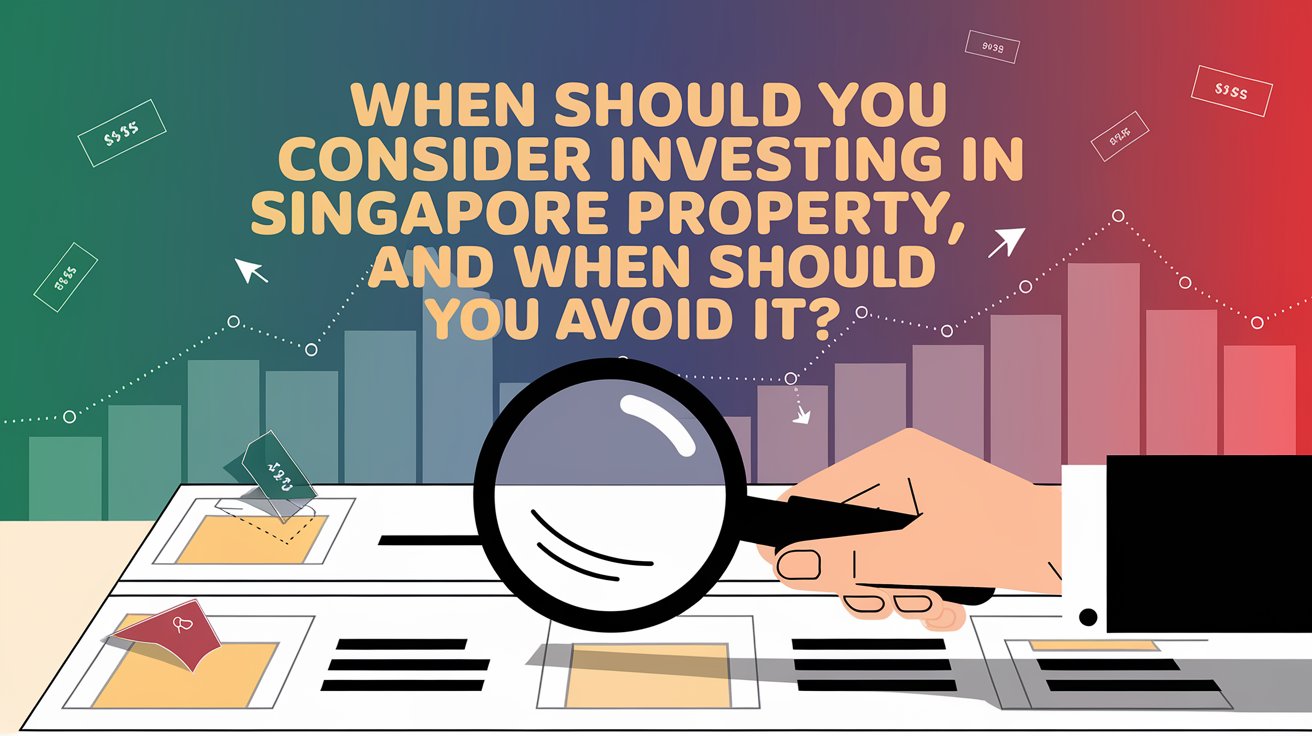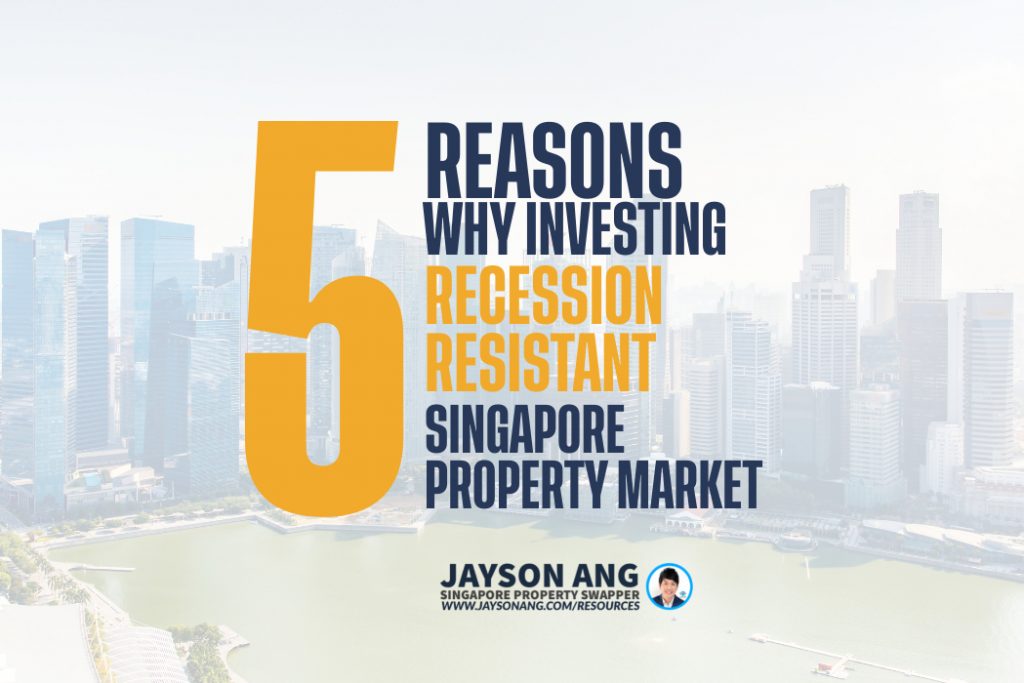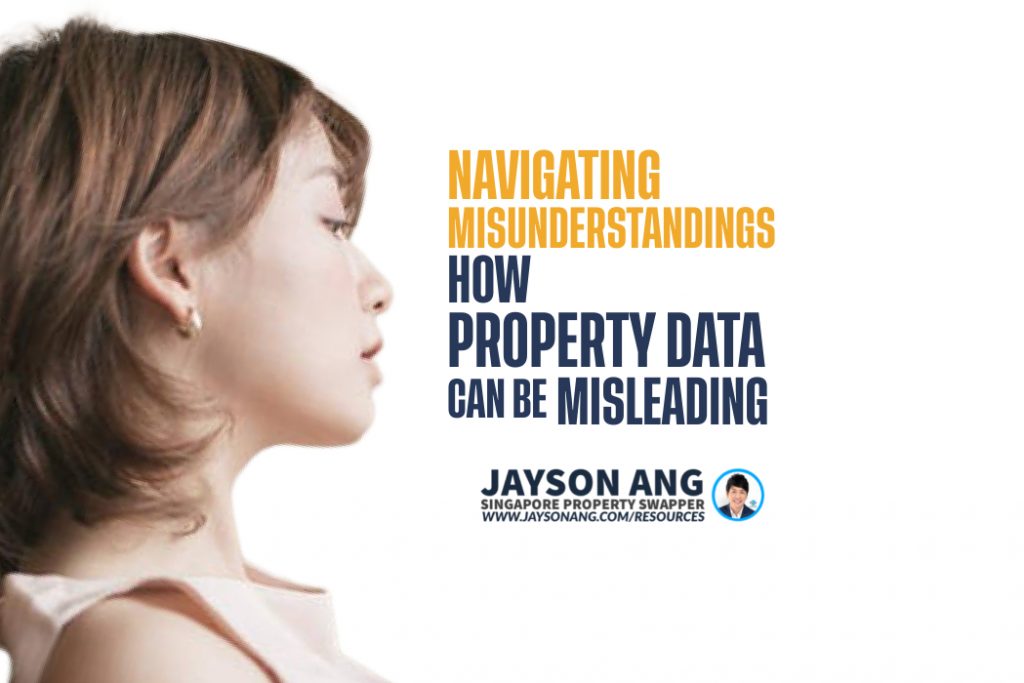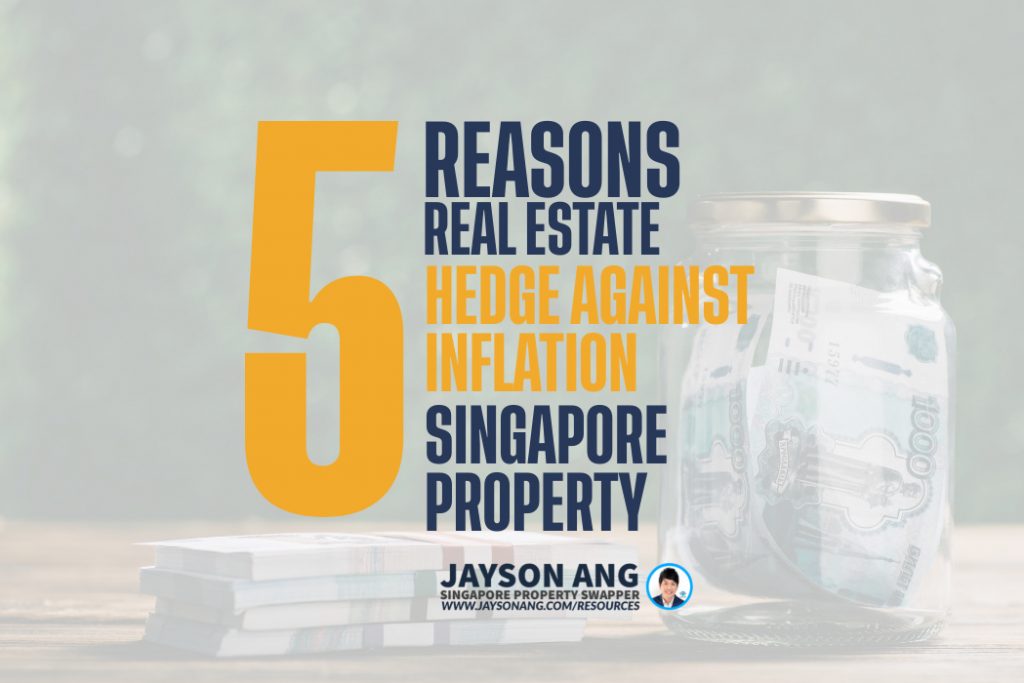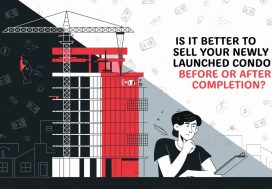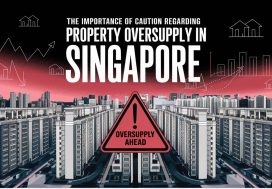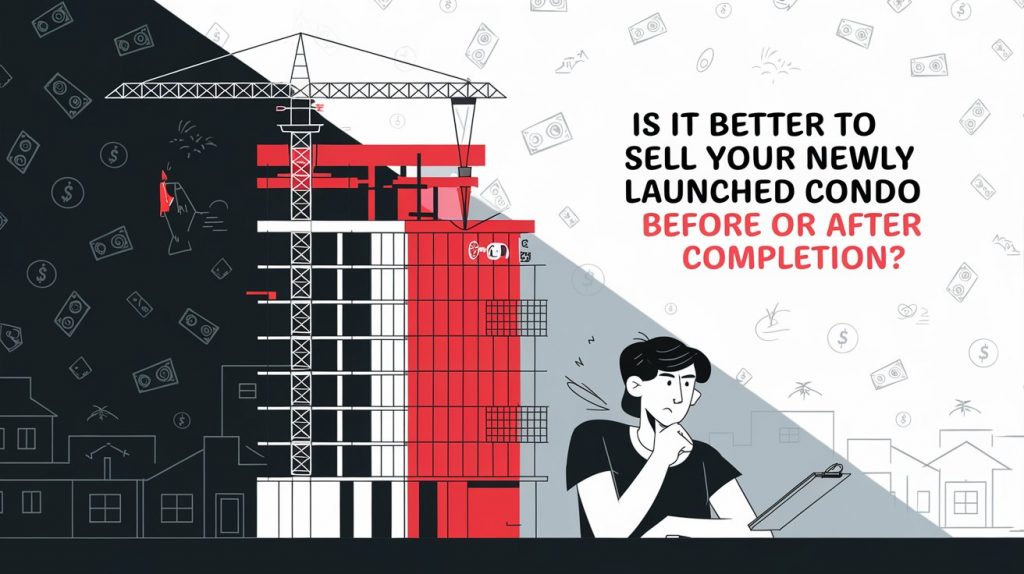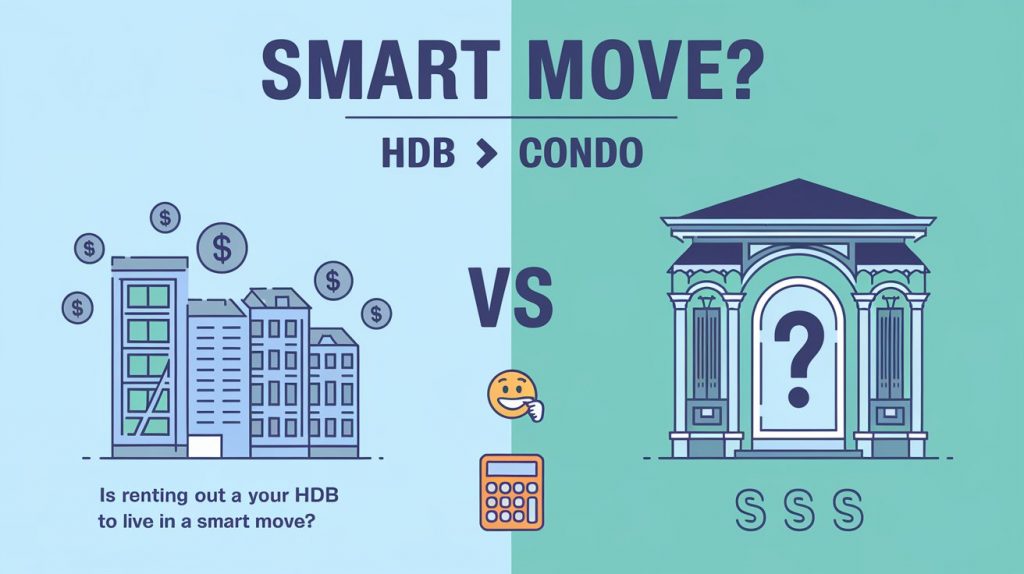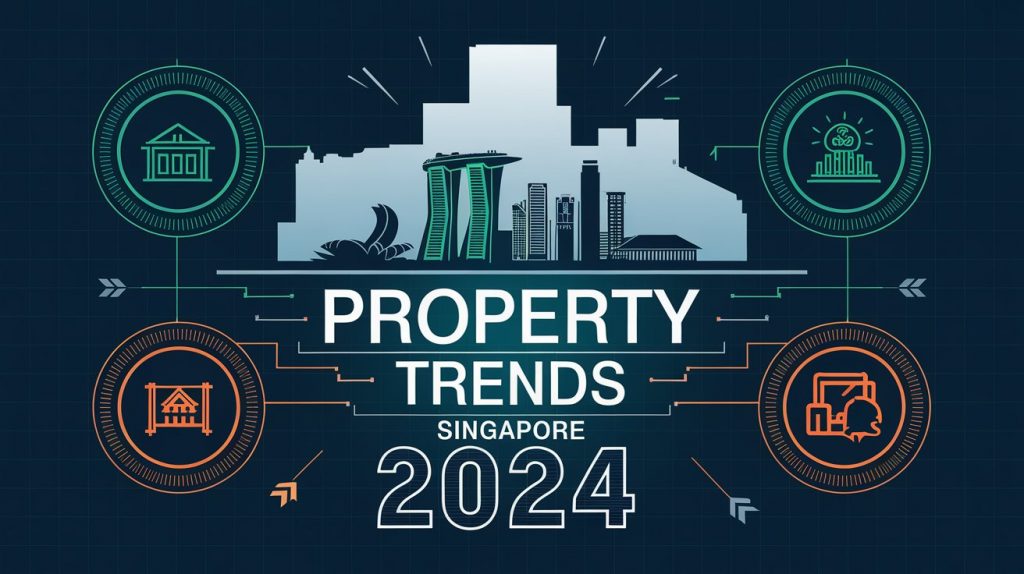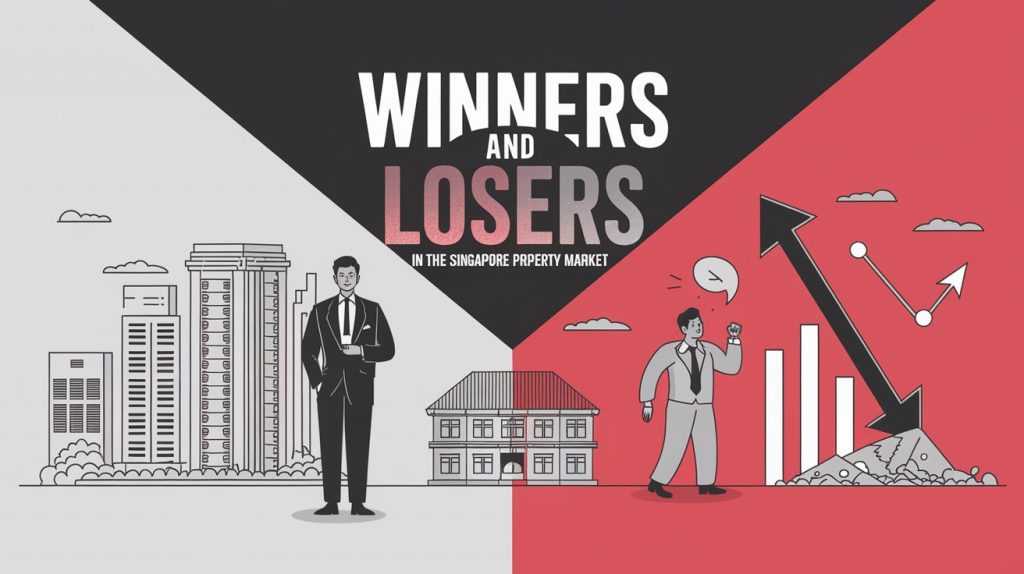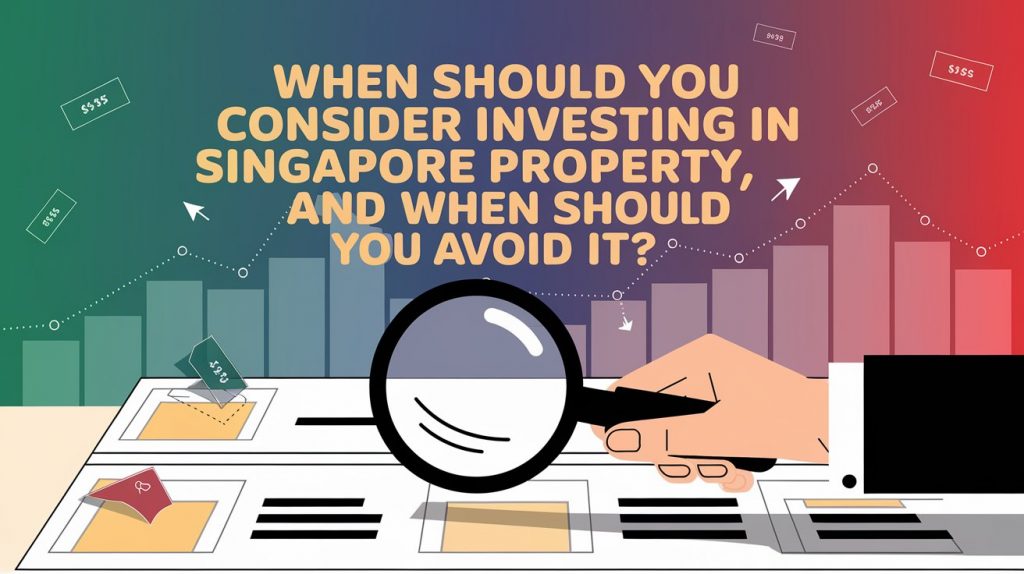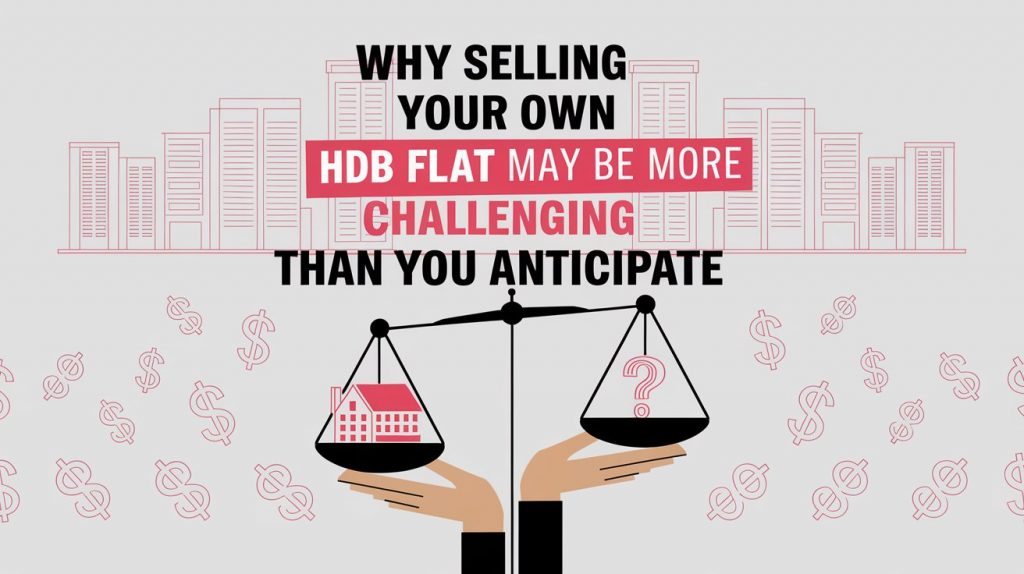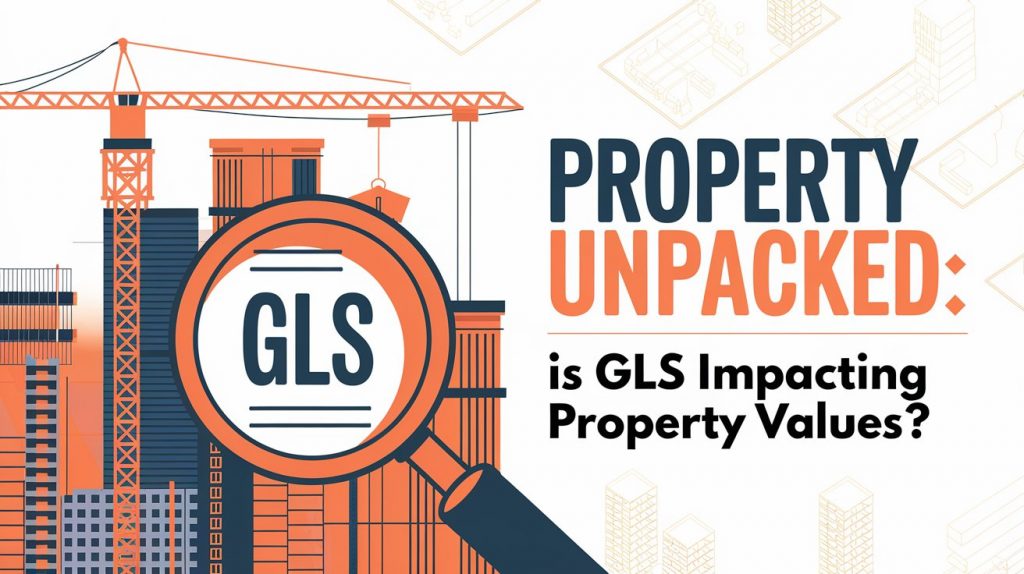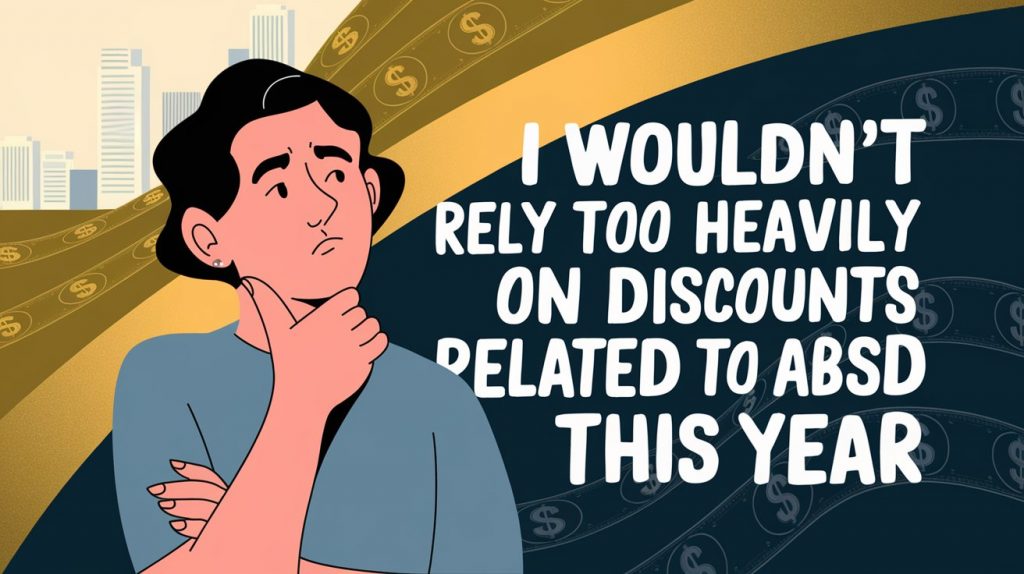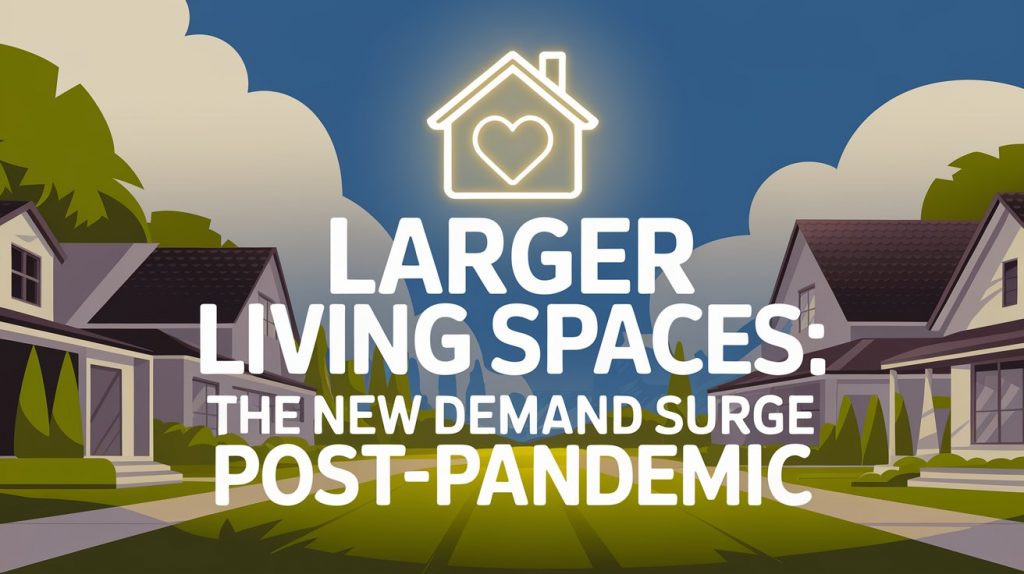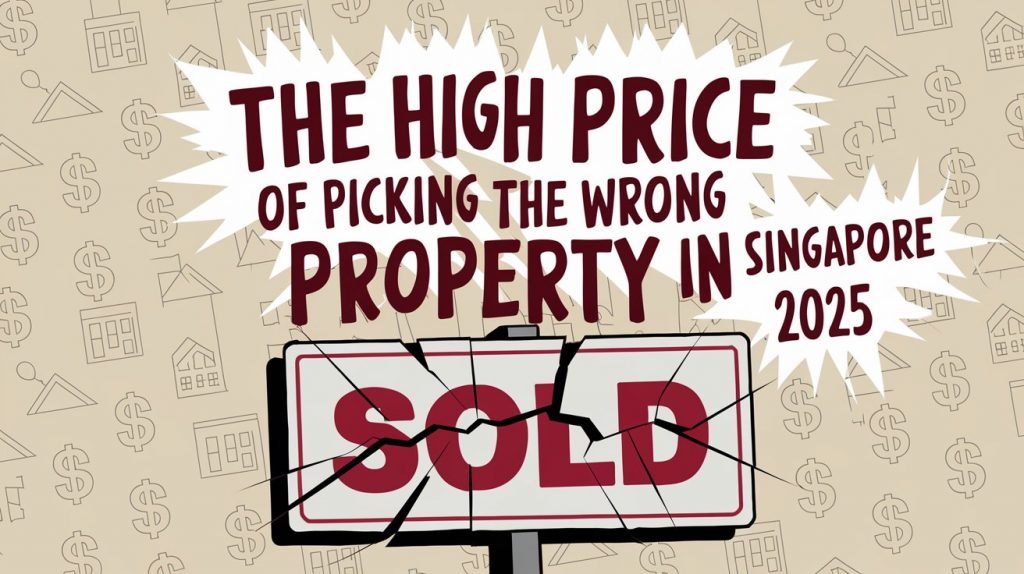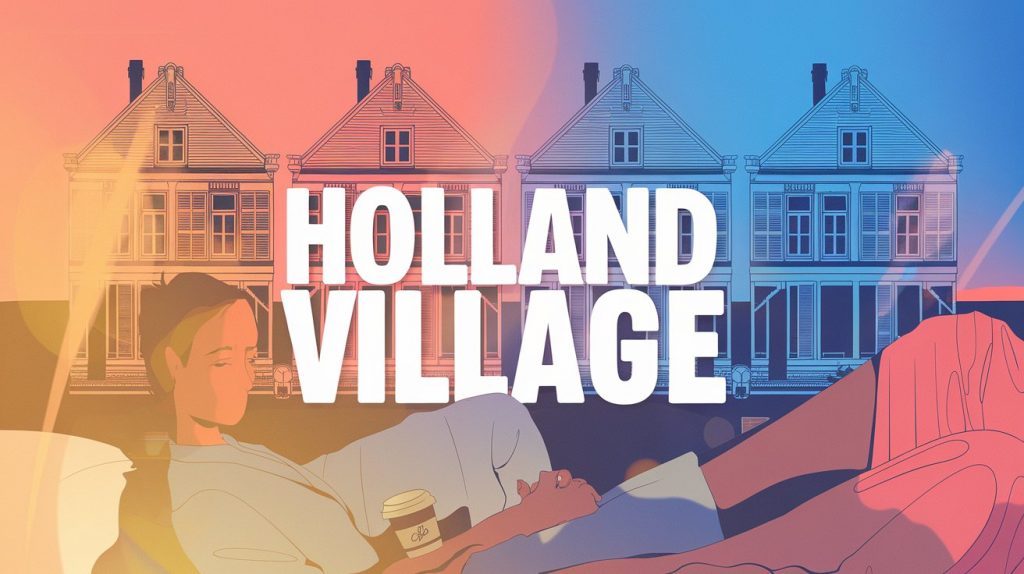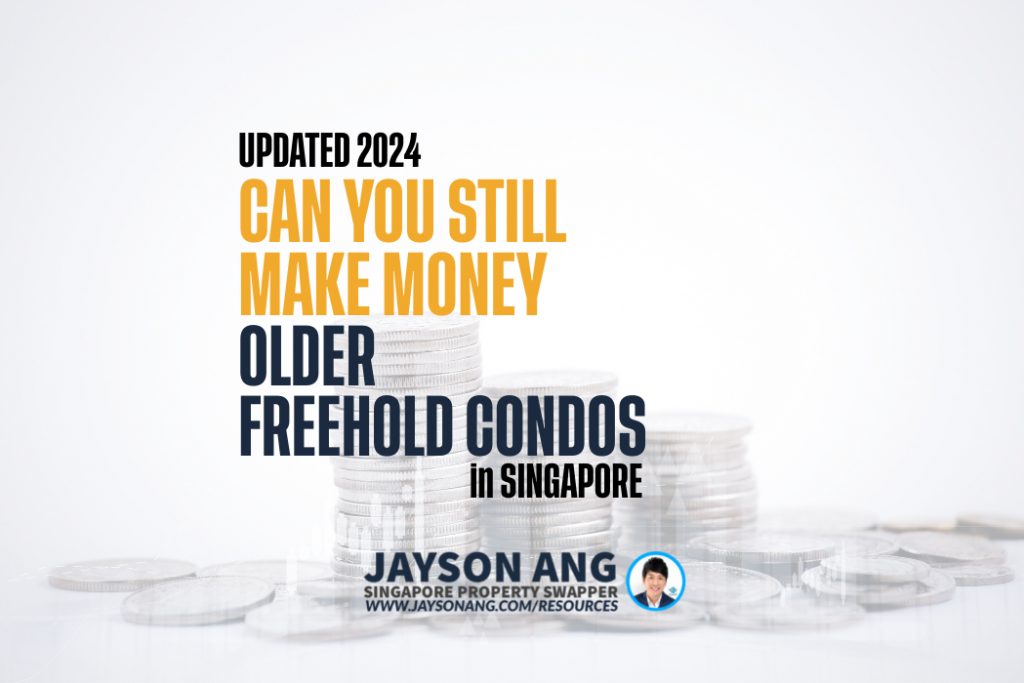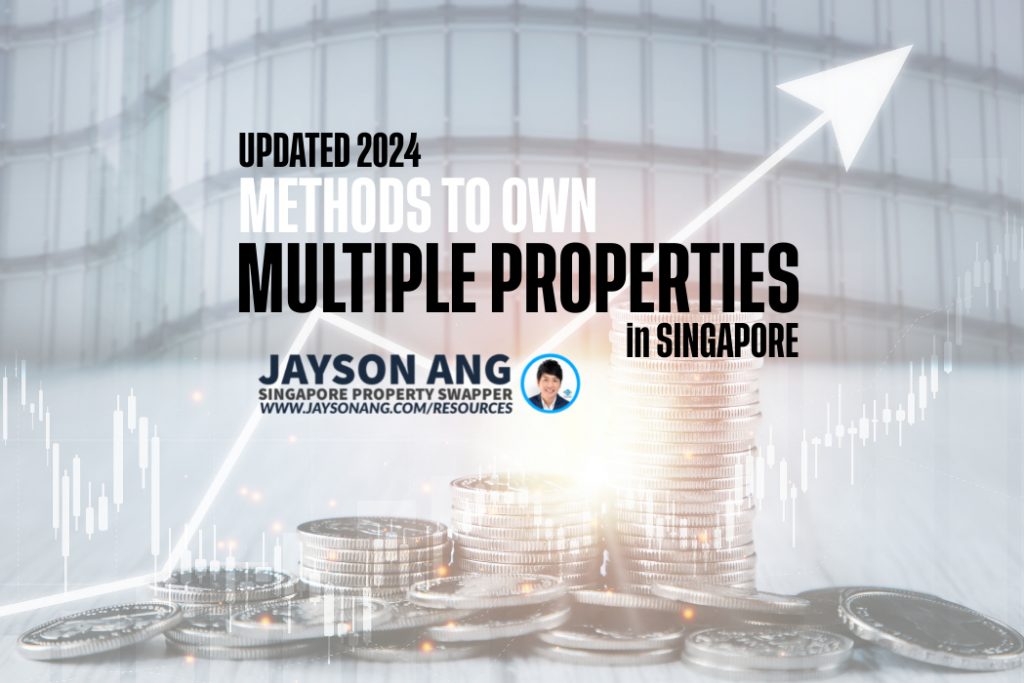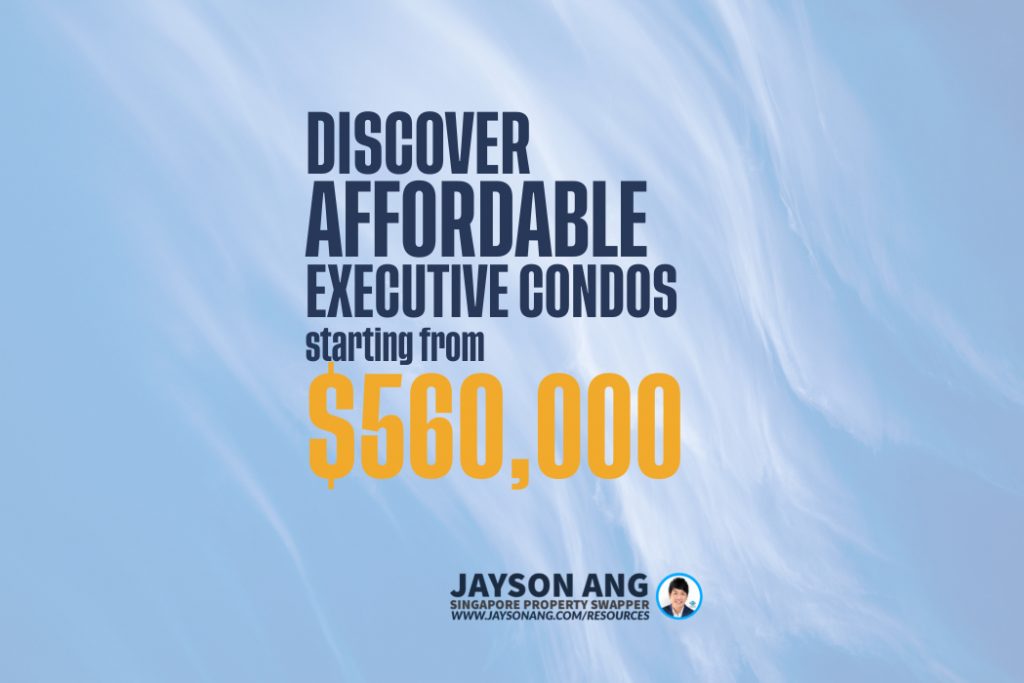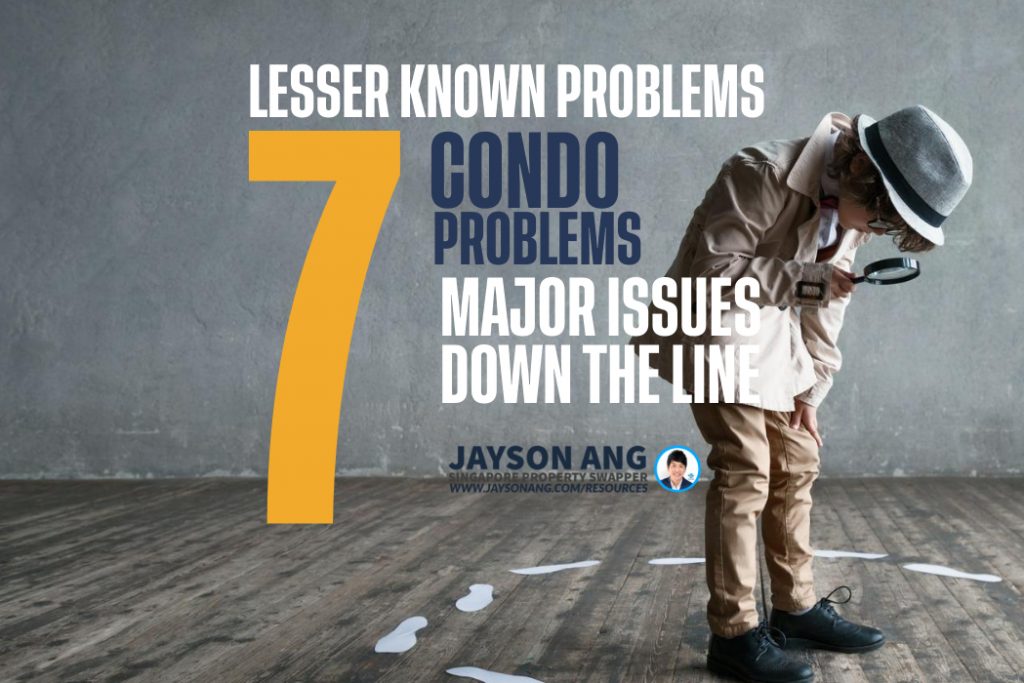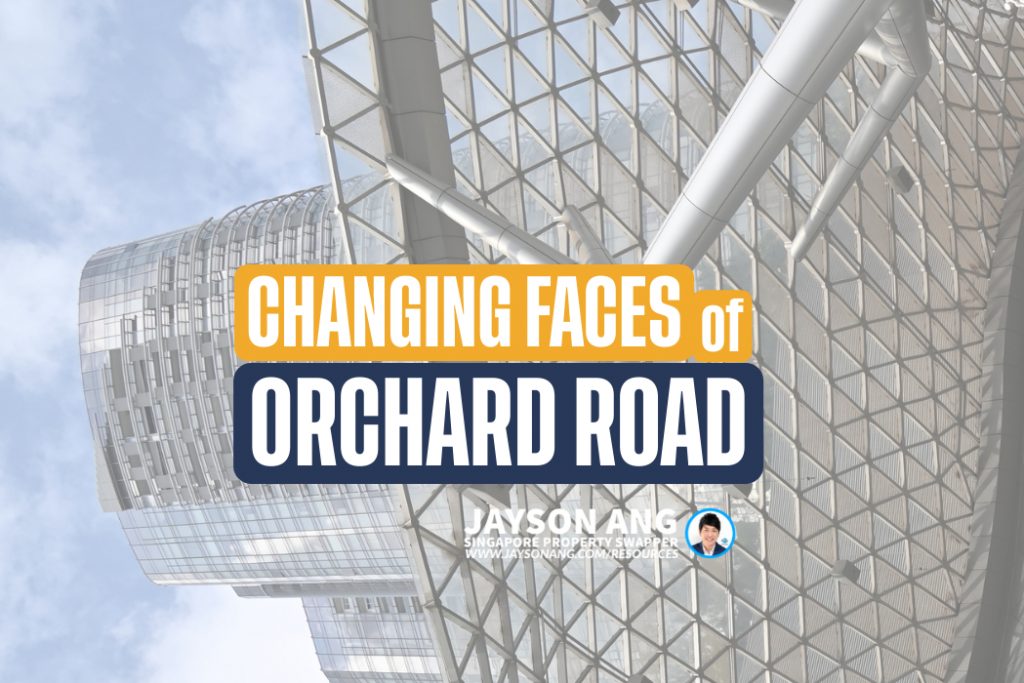TLDR
When comparing fixed and floating mortgage rates, the present fixed rate of 3% is favorable, but predictions hint at rates dropping further in 2024. Choosing between fixed rate packages with different lock-in periods depends on individual risk tolerance and market outlook. It’s advised to opt for the lowest fixed rate with minimal commitment initially. Considering historical trends and potential future rate adjustments, strategic decision-making is crucial. The real estate market landscape in Singapore is evolving, with various factors influencing property investments and financial planning. Consulting with experts can provide valuable insights tailored to individual circumstances for informed decision-making.
As we kicked off 2024, Singapore witnessed a significant drop in fixed mortgage rates. So, what should borrowers keep an eye on this year?
Let’s break it down. Today, fixed mortgage rates are sitting pretty at a cool 3 per cent, while floating rates are stubbornly stuck above 4 per cent. On the surface, it seems obvious to opt for the less expensive loan, right?
Well, there’s a twist. The outlook suggests that interest rates could be heading south from the latter half of 2024. After a recent Federal Open Market Committee (FOMC) meeting, US Federal Reserve Chair Jerome Powell hinted at a possible downward trend in interest rates. His comments suggested that most committee members were leaning towards rate reductions this year. Although Powell was quick to dismiss the idea of a rate cut in the March meeting, market predictions now suggest cuts might start around May or June.
Now, here’s a fun fact. Compared to the beginning of 2023, fixed mortgage rates at the start of 2024 went from 4 per cent down to a tantalizing 3 per cent. It’s tough to say for sure, but those rates could possibly tumble another 100 basis points to a neat 2 per cent by 2025, once the Fed starts easing off its hikes mid-year. The pace and extent of these cuts will depend on how quickly the Fed acts, and whether the US is headed for a soft or hard landing.
But let’s say the rate drop slows down and lands at 2.5 per cent. That’s a 0.5 per cent decrease which, believe it or not, translates into yearly savings of S$3,500 for a standard S$700,000 mortgage – even more if your loan is heftier.
Two Options
Those who are in the market for a new home loan package today may find it less appealing to choose floating rates that surpass 4 per cent. The dilemma here is whether one should settle for the lowest fixed-rate number available – typically linked to a two-year fixed rate package with a two-year lock-in commitment period, or if it’s more beneficial to select a slightly elevated fixed rate that offers the possibility to reprice or convert 12 months into a two-year lock-in period?
Opting for the latter provides the flexibility to transition to a floating rate if interest rates plummet faster than anticipated and mortgages undergo repricing, thus avoiding being trapped with an elevated 3.1 per cent fixed rate, for instance, until the middle of 2026.
Deciding Between Options: Unveiling the Secrets of the Interest Rate Cycle
Despite the changing predictions and stories from financial analysts that can flip-flop within a matter of months – think of how last November’s Federal Reserve shift is now being seen as a step back – the economic cycle remains consistent. Simply put, what rises must eventually fall, often taking the same rapid descent as its climb after staying at the peak for a short while.
Some might argue against this with what I consider to be the riskiest phrase in finance: “This time it’s different.”
Let’s not forget, it wasn’t too long ago when the popular belief was that interest rates would remain “high for an extended period”. As we’ve seen, inflation doesn’t play by different rules and while it may have been “temporary”, this short-lived phase stretched over two years and we are now witnessing a decline in inflation.
Sure, there’s always a chance we might miss the mark. That’s why I suggest opting for the lowest fixed rate with the least commitment duration, while also considering a reevaluation after a year. This strategy can result in significant savings, either S$700 (0.1 per cent) or even S$7,000 (1 per cent) on a standard S$700,000 mortgage in a single year.
However, this approach isn’t without its drawbacks. Just recently, in October and November of 2023, banks went all out to increase their market share by providing benefits like the lowest fixed rate, a year-long lock-in period, minimal floating spreads post-fixed rate, complimentary conversion during the two-year lock-in duration, and additional cash rebates of S$500 for refinancing. But the current scenario doesn’t present the same array of choices.
It appears that as the calendar flipped to 2024, banks halted offering rates below 3 percent. One might have assumed that banks would make the most of the time before the Federal Reserve lowers rates and SORA descends in the latter part of the year. This would allow them to target the prime segment of “lowest fixed rate with optionality” and scoop up the largest market share in 2024, leading to increased profits as the cost of funds diminishes later.
Two Factors To Consider
Here’s some friendly advice – don’t get too hung up on that tiny difference in fixed-rate packages. You know, the one between a strict two-year lock and a flexible option after a year? Now, there are two things to think about here.
Firstly, how big is that gap? If it’s just 0.1 per cent, maybe let it slide and keep your options open to adjust after 12 months.
Now, if it’s more than 0.1 per cent, your viewpoint really matters. Let’s say you’re one of those fortunate folks who’ve dodged the high mortgage rates in recent years, having nailed down a fixed rate below 1.5 per cent in 2022. In this case, you could go for a blended cost approach by going full steam ahead with a strict two-year lock with the lowest fixed rate right now. This way, your average interest cost over four years should be around 2 per cent – not too shabby in a time of record-breaking Fed hikes.
On the flip side, if you’ve been burning a hole in your pocket with high rates in the past, tread carefully. You wouldn’t want to get caught out again, stuck with a sky-high rate while the interest rate plummets due to a downturn or some unexpected surprise event. After all, we’re living in pretty unpredictable times.
Should You Buy, Sell or Wait?
If you’re reading this, you must be trying to figure out the best course of action right now: is it the right time to buy or sell?
It’s difficult to give an exact answer since everyone’s situation is unique and what works for one person may not necessarily work for you.
I can bring you a wealth of on-the-ground experience and a data-driven approach to provide clarity and direction. From beginners to experienced investors, our top-down, objective approach will help you on your real estate journey.
I can help you by:
- Offering Strategic Real Estate Advice – I can help create a comprehensive plan to guide you through your property journey.
- Connecting Your Home with the Perfect Buyers – Through stunning visuals, an effective communication strategy, and an in-depth knowledge of the market, we’ll ensure your home is presented in the best possible way to fulfill your goals.
You May Also Like …


